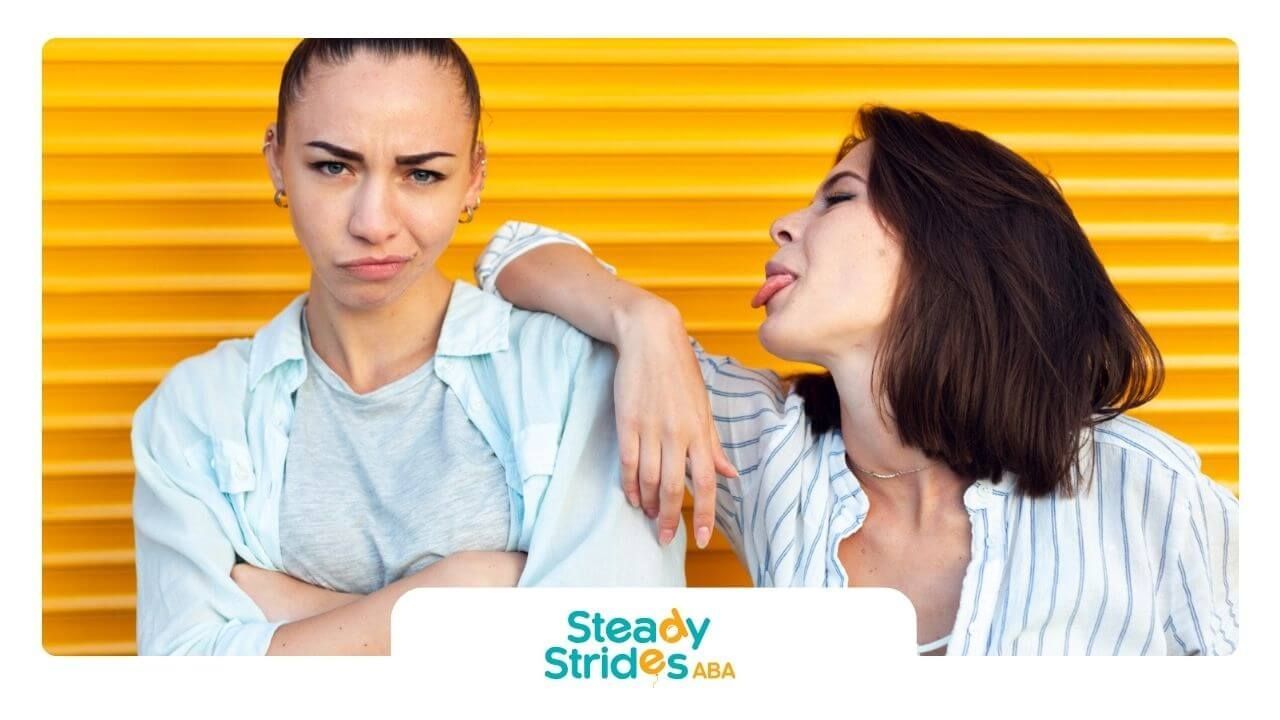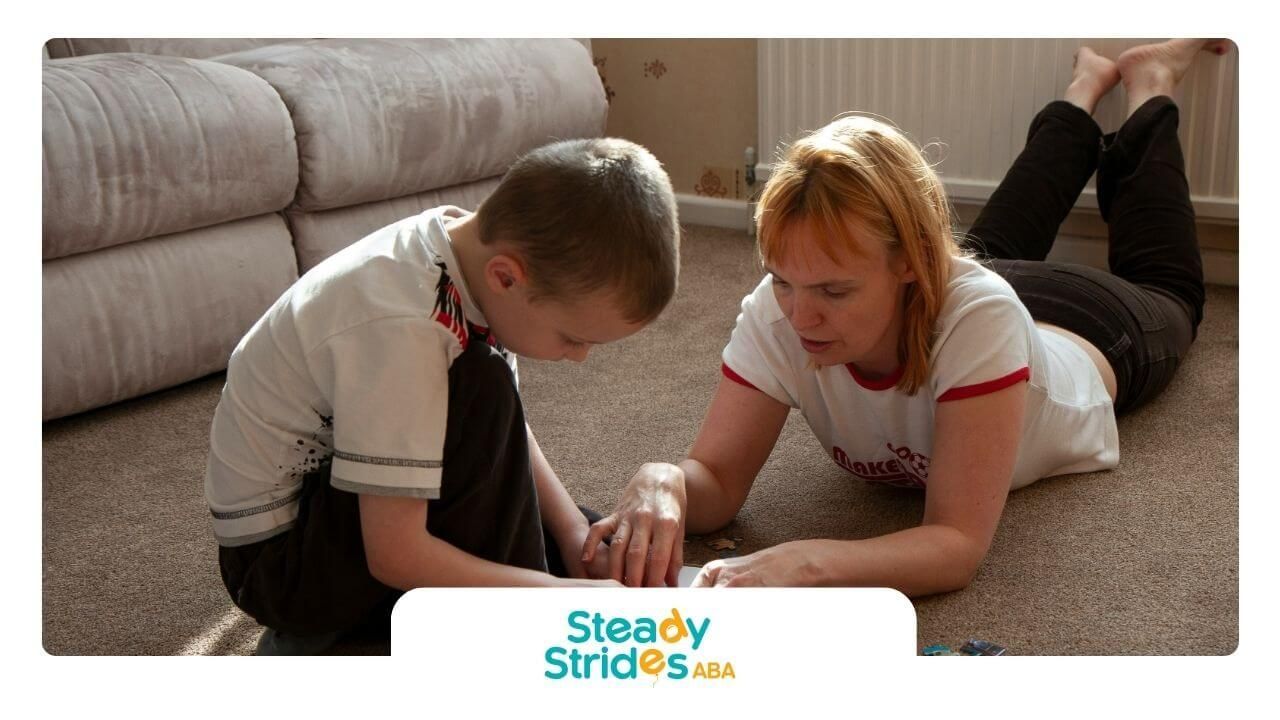Exploring Sensory Activities
Importance of Sensory Engagement
Sensory engagement is vital for autistic adults as it provides opportunities for them to interact with their environment in meaningful ways. Engaging in sensory activities allows individuals to process information more effectively and fosters a supportive atmosphere where they can thrive. Sensory activities play a crucial role in aiding and empowering individuals with autism, enabling them to develop essential skills and improve their overall experience within learning and social environments.
| Key Aspects of Sensory Engagement | Description |
|---|---|
| Information Processing | Helps individuals with autism process information more easily |
| Motor Skill Development | Encourages the improvement of motor skills |
| Cognitive Development | Enhances attention span, concentration, and overall cognition |
| Social Interaction | Fosters social skills and interactions with others |
Benefits for Autistic Adults
The benefits of sensory-friendly activities for autistic adults are multifaceted. Engaging in these activities can lead to improved mental health, enhanced communication skills, and better social interactions, ultimately enhancing their overall quality of life. Within a sensory-rich environment, individuals can better manage their sensory needs, allowing them to feel more comfortable and confident in various settings.
Benefits Overview
| Benefit | Description |
|---|---|
| Improved Mental Health | Engaging in calming activities reduces anxiety and promotes relaxation |
| Enhanced Communication Skills | Provides opportunities to practice verbal and non-verbal communication |
| Development of Social Skills | Fosters interactions and relationships with peers |
| Increased Cognition | Promotes cognitive growth through focused activities |
| Life Skill Acquisition | Activities like gardening provide practical skills and responsibility (Learning for a Purpose) |
Incorporating sensory activities into daily routines can foster a significant positive impact on the well-being of autistic adults. By prioritizing sensory-friendly options, individuals can navigate their environments more comfortably, allowing for a richer, more fulfilling life. For further exploration of skills development, consider looking into social skills activities for adults with autism, vocational activities for autistic adults, and leisure activities for autistic adults.
Creating Sensory Experiences
Creating sensory experiences is fundamental for autistic adults. Engaging multiple senses can lead to improved emotional and social well-being.
Engaging the Senses
Sensory activities are crucial for individuals with disabilities, as they provide opportunities to explore and learn through sight, touch, smell, taste, and sound. These experiences can be enriching and offer calming effects. Engaging the senses helps autistic individuals connect with their environment and with others.
| Sense | Activity Example |
|---|---|
| Sight | Art therapy or nature walks with visual elements |
| Touch | Sensory bins filled with various textures |
| Smell | Aromatherapy using essential oils |
| Taste | Cooking or baking sessions to explore flavors |
| Sound | Music therapy or sound baths |
Through sensory activities, adults with autism can bond with caregivers and develop meaningful interactions. Tailoring these activities to individual preferences and sensitivities is essential for a positive experience.
Enhancing Communication
Sensory experiences can significantly enhance communication skills among autistic adults. Engaging in sensory activities encourages the use of language to express emotions and sensations. For instance, describing how materials feel in sensory bins can help develop a richer vocabulary. This process not only improves communication but also builds confidence in expressing feelings and needs.
Activities designed to stimulate conversation may include:
- Art Creation: Talking about colors, feelings, and stories behind created artworks.
- Cooking: Discussing flavors, textures, and the steps taken during preparation.
- Nature Walks: Sharing observations about plants, sounds, and sights encountered during the walk.
Incorporating sensory-friendly activities into daily routines promotes overall well-being, enhances life skills, and fosters social connections among autistic adults.
Sensory Activities for Autistic Adults
Engaging in sensory-friendly activities can significantly enhance the quality of life for autistic adults. These activities create opportunities for exploration and learning while providing a calming effect. They can be tailored to suit individual preferences and needs, and can be performed both indoors and outdoors.
Indoor and Outdoor Options
Sensory activities can encompass a wide range of options that cater to different preferences and sensitivities. Below is a table listing some examples:
| Activity Type | Indoor Options | Outdoor Options |
|---|---|---|
| Visual | Light therapy lamps, colorful art | Nature walks, flower gardens |
| Auditory | Calming music, white noise machines | Bird watching, outdoor concerts |
| Tactile | Sensory bins, textured fabrics | Sand, water play, textured trails |
| Olfactory | Scented candles, essential oils | Herbal gardens, fresh air |
| ** gustatory** | Cooking sessions, taste tests | Picnics, fruit picking |
These activities engage multiple senses and can help individuals process information more effectively, fostering both cognitive development and social interaction.
Personalized Sensory Plans
Each individual has unique sensory preferences and needs, which can vary widely among autistic adults. Developing personalized sensory plans is essential to accommodating these differences. A sensory plan may involve identifying activities that align with an individual’s sensory sensitivities, whether they are hypersensitive or hyposensitive to stimuli.
An effective plan might include:
- Assessment of Sensory Preferences: Analyze the individual’s responses to various sensory inputs.
- Activity Scheduling: Organize regular times each week for selected sensory-friendly activities, both indoors and outdoors.
- Environmental Modifications: Adjust spaces to reduce overwhelming stimuli; this can include using soft lighting or noise-cancelling headphones.
Implementing these plans can create an environment that supports relaxation and engagement for autistic adults.
Stimulating Different Senses
Incorporating activities that target specific senses can maximize engagement and satisfaction. Various sensory activities can stimulate each of the five senses:
- Sight: Engaging with bright colors, visually appealing crafts, or nature scenes.
- Sound: Listening to soothing music, nature sounds, or adaptive instruments.
- Touch: Interacting with different textures through clay, water beads, or fabrics.
- Taste: Trying new flavors in a controlled cooking activity.
- Smell: Exploring various scents through essential oils or scented plants.
By focusing on different senses, autistic adults can better process their environments, enhancing their experiences and helping to foster connections with others. Activities can also help develop motor skills and increase cognitive functioning.
For adults seeking further engagement, consider exploring recreational activities for adults with autism, which can complement sensory experiences, or vocational activities for autistic adults that build skills in everyday scenarios.
Considerations for Sensory Needs
Creating a supportive environment for autistic adults involves understanding their sensory processing sensitivities and tailoring settings to promote comfort and engagement. The right adjustments can significantly enhance the experience of sensory-friendly activities for autistic adults.
Sensory Processing Sensitivities
Up to 90% of autistic individuals exhibit some degree of sensory processing sensitivity. This means they may experience sensations—such as light, sound, and touch—more intensely than their neurotypical peers. It is vital to recognize these sensitivities to develop effective and comfortable sensory experiences.
| Sensory Modality | Common Sensitivities |
|---|---|
| Visual | Bright lights, cluttered environments |
| Auditory | Loud noises, sudden sounds |
| Tactile | Certain fabrics, unexpected touch |
| Olfactory | Strong scents, perfumes |
| Taste | Textures, flavors, or food group sensitivities |
Creating environments that mitigate these sensitivities can help autistic individuals engage more fully in sensory activities.
Tailoring Environments
Designing areas that support sensory regulation is essential to accommodate individuals with autism. Several key factors can contribute to a sensory-friendly environment:
- Lighting: Soft, adjustable lighting can reduce visual overstimulation. Avoiding fluorescent lights or providing dimmable options can make spaces more comfortable.
- Noise Control: Using sound-absorbing materials and allowing quiet areas can help manage auditory sensitivities. For example, establishing separate rooms for activities that require focus can minimize distractions.
- Textiles: Choosing materials with soft textures and avoiding scratchy fabrics can help create a soothing atmosphere. For seating, bean bags or cushioned chairs might provide comfort.
- Arrangement: A clutter-free space with organized layouts can reduce feelings of overwhelm. Clear pathways and easily accessible items can empower individuals as they navigate their environments.
- Sensory Zones: Designing distinct areas within a space for various sensory activities can encourage exploration while providing a retreat when overstimulation occurs.
By thoughtfully considering these aspects, caregivers and community leaders can create inviting spaces that are enriching for autistic adults. Tailored environments allow for more profound engagement in both leisure activities for autistic adults and recreational activities for adults with autism.
Sensory-Friendly Workplaces
Creating an environment that supports sensory-friendly activities is essential for autistic adults in the workplace. This not only leads to improvement in job performance but also enhances overall job satisfaction and well-being.
Tailoring Workspaces
Tailoring workspaces can significantly benefit autistic individuals. Customizing the physical layout, seating arrangements, and workspace design can help create an environment conducive to productivity and comfort. Sensory-friendly design features, such as cork-covered walls in hallways, provide tactile experiences that can enhance employee engagement and foster inclusivity.
Consider the following adjustments to create a sensory-friendly workspace:
| Design Feature | Description | Benefits |
|---|---|---|
| Individual Workstations | Designated spaces that allow for personal control over sensory inputs. | Reduces distractions and promotes focus. |
| Adjustable Lighting | Use of dimmable or natural light options. | Minimizes overstimulation and supports visual comfort. |
| Quiet Zones | Designated areas for relaxation or focused work. | Reduces anxiety and promotes mental well-being. |
Inclusive Design Features
Inclusive design ensures that all employees feel welcome and supported in their work environment. Essential features include soundproofing, flexible workstations, and areas that allow for sensory breaks.
Some beneficial inclusive design features are:
| Feature | Purpose | Impact |
|---|---|---|
| Sound-absorbing Materials | Installation of sound-absorbing panels to reduce noise levels. | Lowers anxiety and supports better concentration. |
| Soft Seating | Comfortable and adaptable seating options. | Encourages relaxation during breaks, helping to manage stress. |
| Nature-Inspired Elements | Plants and natural light to create a calming atmosphere. | Improves mood and reduces sensory overload. |
Research indicates that sensory-friendly workplaces play a pivotal role in helping autistics thrive in employment, with the need to tailor work environments increasing as more autistic adults enter the workforce. By fostering an inclusive and supportive environment, employers can empower their autistic employees to excel and develop essential skills.
Engaging sensory activities not only supports individuals in processing information but also enhances their overall experience within the workplace. These adjustments contribute to a productive work environment that is beneficial not just for autistic adults but for all employees. For more insights regarding engaging activities, check out our articles on social skills activities for adults with autism and vocational activities for autistic adults.
Engaging in Community Activities
Community engagement is vital for autistic adults to foster social connections, enhance skills, and promote independence. Various programs and opportunities exist, particularly through organizations like Easterseals, which focus on sensory-friendly activities for autistic adults.
Transitioning into Adulthood
Transitioning into adulthood can present unique challenges for individuals with autism. This period is crucial for developing independence, social skills, and vocational readiness. Programs like those can help by emphasizing recreational and social skills in everyday settings.
As autism manifests differently among individuals, tailored programs can support various needs during this transition. These programs may include life skills training, job readiness workshops, and opportunities to engage in leisure activities. By focusing on vocational activities for autistic adults, individuals can better prepare for the workforce through hands-on experiences and skill development.
Additionally, participants can explore leisure activities for autistic adults that promote relaxation and social engagement. These activities not only enhance quality of life but also play a key role in building essential social skills necessary for navigating adulthood.
By becoming involved in community activities and programs, autistic adults can foster relationships, enhance their skill sets, and contribute to their communities in meaningful ways.













